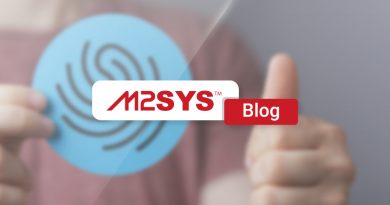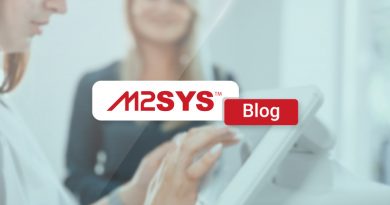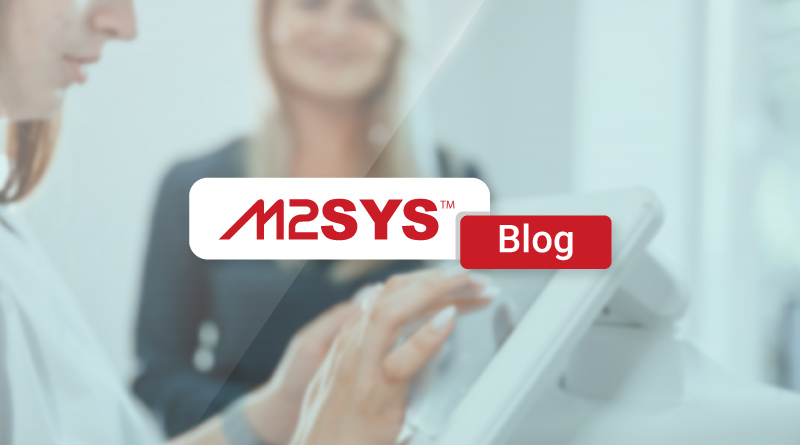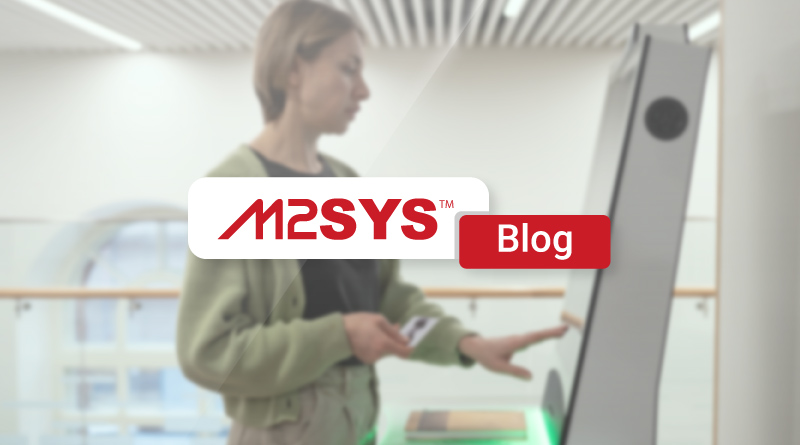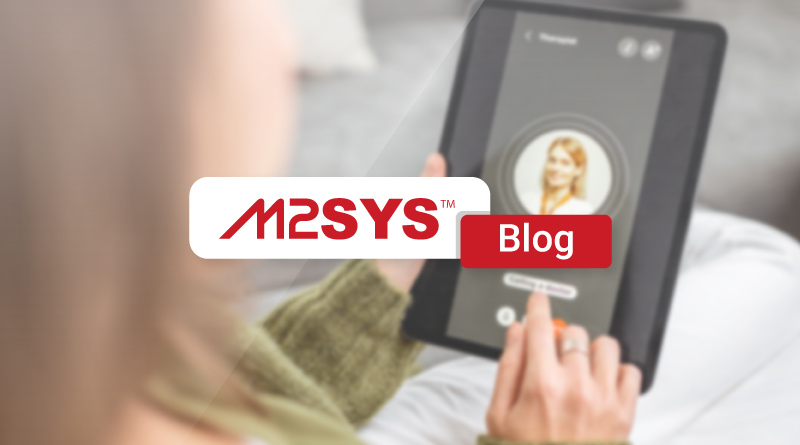Breaking Enrollment Barriers: How Governments Can Register Citizens Anywhere
Over 1 billion people lack official ID, often due to remote living conditions. Governments face challenges in enrolling citizens, but digital tools like remote biometric enrollment offer solutions. These methods improve access, reduce costs, and enhance security, enabling efficient citizen registration.
Did you know that over 1 billion people worldwide lack official identification, often because they live in remote areas far from registration centers? This gap leaves millions unable to access basic services like voting or social benefits. Government agencies worldwide grapple with this issue daily, especially when running national ID programs or voter drives. For instance, in rural parts of Nigeria, agencies once struggled to enroll citizens without pulling them to urban hubs, leading to missed opportunities and higher costs. Yet, as digital tools advance, governments now find ways to bridge these divides effectively.
Challenges and Solutions arise when government teams often hit roadblocks trying to register people in hard-to-reach spots. Traditional methods demand fixed sites with equipment and staff, which means citizens in remote villages must travel long distances. This setup drives up expenses and cuts participation rates. Moreover, during crises like natural disasters, agencies need to act fast but get bogged down by paperwork and manual checks. Data from the World Bank shows that inefficient enrollment processes cost governments billions each year in lost productivity and fraud. Agencies also worry about duplicate entries or fake identities slipping through, which erodes trust in public systems. For software vendors and integrators, linking field data to central databases adds another layer of complexity, often resulting in delays that frustrate everyone involved.
Biometric Solutions like remote biometric enrollment let agents capture fingerprints or facial scans right where citizens live, using mobile devices. This approach skips the need for permanent buildings and cuts travel demands. As a result, enrollment speeds up, and more people join programs without hassle. A recent trend in places like Yemen highlights this shift: their electoral commission registered 14 million voters by deploying field teams with portable tech, which slashed disputes and boosted public confidence. Similarly, in the US, states like South Carolina have streamlined workforce tracking by moving away from rigid systems, saving time and money. These examples show how governments adapt to modern needs, reducing operational strain while maintaining security.
How Does Remote Biometric Enrollment Work in Practice? Field agents use handheld devices to scan biometrics and documents on the spot. The system then verifies data in real time or stores it for later sync when internet returns. This method handles offline scenarios well, so even in areas with spotty connectivity, work continues without interruptions. For example, Nigeria’s communications body enrolled over 140 million mobile users by integrating biometrics into a national database, curbing fraud in the telecom sector. Such processes ensure unique identities, preventing overlaps that plague manual systems. Plus, automated checks flag issues early, so agencies avoid costly fixes down the line.
What Benefits Does It Bring to Government Agencies and Partners? Agencies see faster turnaround times, which means quicker delivery of IDs or benefits. Integrators appreciate the flexibility to connect with various hardware, avoiding vendor traps. Meanwhile, software vendors build on these systems to create seamless workflows. Historical data from M2SYS’s work over the past 20 years with governments in the US and abroad backs this up. In Las Vegas, for instance, the leisure services department ditched plastic cards for digital check-ins, serving 20,000 residents more efficiently. These successes point to lower costs and higher accuracy, addressing pain points like fraud and backlogs head-on.
Can Remote Biometric Enrollment Integrate with Existing Systems? Yes, and this integration proves vital for smooth operations. Many platforms allow data to flow between field units and central hubs without rework. Therefore, agencies update records instantly, improving service delivery. For vendors, this means easier partnerships and fewer compatibility headaches. A key player in this space, the M2SYS eGov platform builds and delivers eGovernance solutions that tackle these exact issues. It enables secure remote enrollment through mobile setups, supporting any biometric tools for flexible use. By automating verification and syncing, it cuts down on errors and speeds up processes naturally.
How Does It Improve Access for Underserved Populations? Citizens in remote or disaster-hit areas gain easier entry to programs, as agents come to them. This inclusivity boosts participation in voter rolls or welfare schemes. For example, during large drives, real-time matching ensures only valid entries proceed, maintaining database integrity. As market trends show, with rising demands for digital IDs, governments that adopt these methods stay ahead. The M2SYS eGov platform fits right in by providing tools that automate document checks and handle offline data, making enrollment reliable even in tough conditions.
What Role Does Security Play in Remote Enrollment? Security remains a top priority, with encryption protecting data from capture to storage. Automated fraud detection adds another safeguard, spotting fakes before they enter systems. Consequently, agencies build stronger, more trustworthy databases. Drawing from experiences in global projects, such as Yemen’s voter system modernization, these measures have proven effective in high-stakes environments.
Why Should Governments Consider This Approach Now? With populations growing and services expanding, delays in enrollment only worsen problems. Adopting remote methods helps meet targets without ballooning budgets. For those facing integration woes or fraud risks, solutions like the M2SYS eGov platform offer a straightforward path forward. It draws on two decades of helping governments worldwide to create efficient, secure systems that register citizens anywhere. Agencies interested in these gains can explore how such platforms solve their specific challenges, leading to better outcomes for all.
Frequently Asked Questions
- What are the main challenges faced by government agencies in remote areas?
Traditional registration methods in remote areas often require citizens to travel long distances to enrollment sites, increasing costs and reducing participation rates. Additionally, crises like natural disasters exacerbate these challenges by complicating logistics. For more insights into overcoming these challenges, visit our article on Challenges and Solutions. - How do biometric solutions help in remote enrollment?
Biometric solutions, like remote biometric enrollment, allow field agents to capture fingerprints or facial scans using mobile devices. This approach eliminates the need for permanent buildings and expedites the enrollment process, as demonstrated in places like Yemen. Learn more about the role of biometrics in financial inclusion by reading Biometric Solutions. - What benefits do remote biometric systems offer?
Remote biometric systems enhance operational efficiency by reducing turnaround times for IDs or benefits delivery. They also improve accuracy by preventing duplicate entries and fraud. For deeper insights into the integration and benefits, explore the M2SYS eGov platform. - How do these technologies ensure data security?
These technologies employ encryption for data protection and automated fraud detection to prevent fake entries. They are crucial in building trustworthy public databases and are proven effective in high-risk environments like Yemen's modernized voter system.



